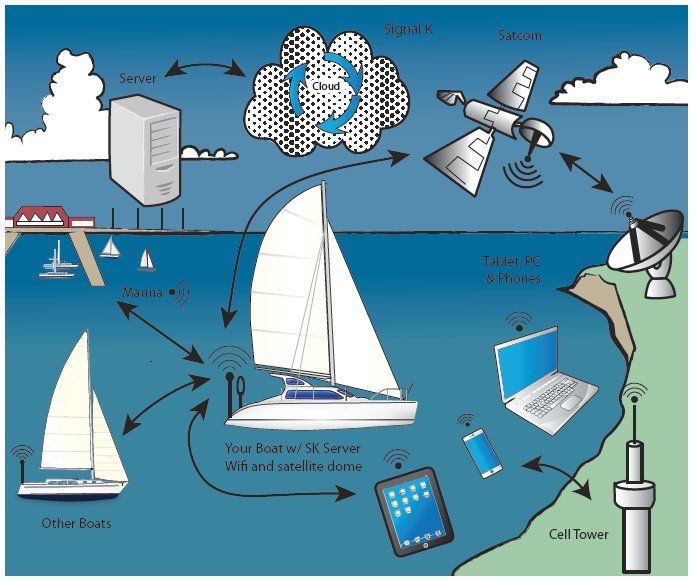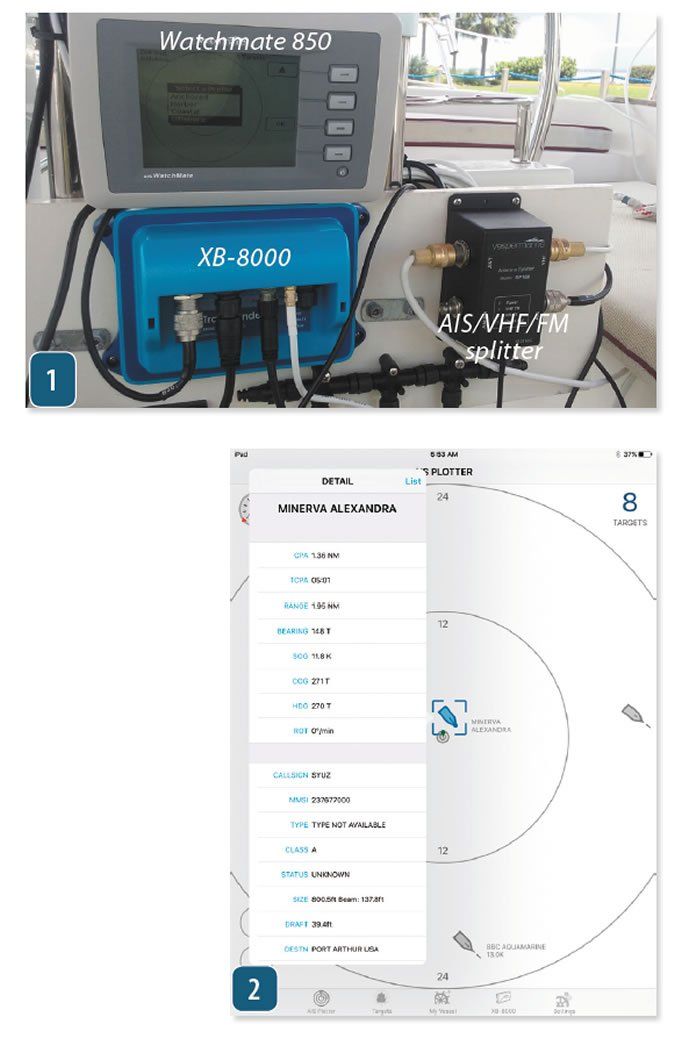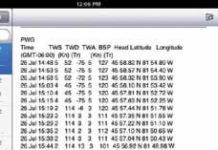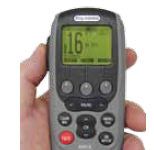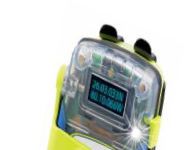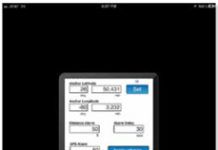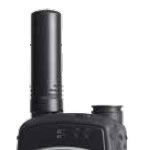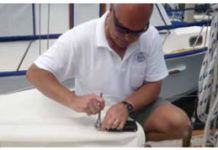PredictWind Satcom Reviews
When we reported on Matt Rutherfords solo, non-stop circumnavigation of the Americas aboard his Albin Vega 27, we noted that one of the few electronics that survived the voyage was an email/weather satellite communicator from New Zealand-based PredictWind. We considered this high praise for an electronic device and decided a Practical Sailor sea-trial was in order. PredictWind, primarily a weather-forecasting company, supplied us with its PredictWind Satellite Communicator and 3G Communicator. The Satellite Communicator will be of interest to long-distance sailors. It allows users to receive PredictWind weather forecasts by satellite email, and to send and receive short emails-similar to other Satcom devices like the Cerberus CerberLink. The 3G Communicator will appeal to near-coastal cruisers; it is basically a modem with a signal booster for 3G cell and data service, plus an onboard router.
A Look at PLB Battery Life
While Practical Sailor editors and readers are excited about messaging features and new “smart” technologies being added to personal locator beacons (PLB) such as the AquaLink View 406-MHz GPS, we were concerned that these extras would come at the expense of the device’s primary purpose. Would the repeated use of a PLB emergency device for non-emergency functions deplete its battery and inhibit its function as an emergency locator? Testers ran the AquaLink through its paces and enlisted the help of an independent lab to determine how non-emergency use affected the PLB’s battery life and other emergency functions.
Remote VHF Mics Test
Remote microphones for fixed VHF radios are great tools for both coastal and bluewater sailors, but they can be essential for shorthanded crews. Practical Sailor rounded up and tested six units, each designed to work with two or more compatible, fixed-mount marine VHF radios. The test field included the latest wired and wireless remote mics from Icom, Standard Horizon, Raymarine, and Garmin. To select the best VHF remote mic, testers considered performance, audio systems quality, user-friendliness, features, durability, and ruggedness.
Is the SEND Device Message Loud and Clear?
Sometime around 1:30 a.m. April 28, while participating in the Newport-to-Ensenada Race, the Hunter 437 Aegean sailed directly onto the rocky cliffs of North Coronado Island off Mexico’s Pacific coast. Fellow racers came upon pieces of the boat and reported their findings to the U.S. Coast Guard. The bodies of three crew were discovered with the wreckage. The body of the captain was recovered 16 days later. Contrary to news reports stating there “was no sign of distress” aboard Aegean, an SOS distress call went out from one of the crew—but by the time the Coast Guard learned of it, it was too late. Someone sent a distress alert form the captain’s personal SPOT Connect, a portable satellite emergency notification device (SEND) that delivers SOS messages and vital information—ship’s position and user identity—via Globalstar satellites to a third-party emergency call center.
Feature Loaded High-end VHFs
As a follow-up to our June 2012 report on mid-priced VHF radios, Practical Sailor tested seven fixed DSC-capable VHFs priced above $300. Because most high-end VHF marine radios offer excellent performance, testers looked especially close at extra features, price, and warranties. We evaluated one radio from Standard Horizon, the Matrix AIS+ GX2150; three from Icom, the IC-M424, IC-M504A, and the IC-M604A; two from Garmin, the VHF 200 and VHF 300; and one from Raymarine, the Ray 218. In addition to the bonus features like AIS, position tracking, and hailer/foghorn capability, testers looked at NMEA network compatibility, screen display, audio output and quality, transmit power and power stability, power draw, and frequency stability.
A Rundown on Common VHF Features and Functions
A Rundown on Common VHF Features and Functions
Useful and Fun Nautical Apps for iPad
In the February and March 2012 issues, we looked at navigation software that allows sailors to use the Apple iPad as a functional chartplotting device. With more than 140,000 apps available, there are hundreds more apps suitable for onboard use. Testers tried out more than 400 weather apps, knot-tying apps, several just-for-fun apps—like Trip Lingo Pirate Edition—and apps for document storage. This report covers more than two dozen of our most used and favorite sailing-related iPad apps.
Practical Sailor Reviews Iridium and Inmarsat Satphones
If you are considering buying a satellite phone, much depends on how long you will need it, how you will use it, where you are going and what your cost limitations are. As with cell phones and other communication services, total costs can get complicated with setup charges, access fees, service plans, features packages, and air time bundles. Today’s satphones offer cruising sailors the peace of mind to keep in touch with the office, family, and friends with a private conversation while anywhere on the high seas and open ocean. Practical Sailor looked into the availability, features, functions, limitations, and pricing of the handheld portable satellite phones on the market today. We reviewed the Iridium 9555, Iridium 9575, and Inmarsat Isatphone Pro.
USCG Safety Alert Concerning DSC-equipped VHFs
Most of today’s fixed VHF marine radios come equipped with Digital Selective Calling (DSC) capability, and many high-end handheld VHFs do as well. For years, Practical Sailor has recommended that buyers select a model with this capability—and for good reason: As the U.S. Coast Guard’s new marine radio network Rescue 21 becomes operational, rescue centers are able to receive instant distress alerts from DSC-capable VHF radios. However, spending the extra money to have a feature-loaded, DSC-capable VHF offers little benefit if you do not have the radio properly registered and set up. The Coast Guard recently issued a safety alert, warning that mariners were endangering their lives and those of their crew by having a DSC-capable VHF that lacks identifying information.
Local Loft Versus Web-based Service
Not every sailor has a selection of local sailmakers to choose from. He or she must instead rely on Internet research and phone conversations to find the best sail for the best price. As most of the world’s sail production takes place in a handful of high-volume production lofts abroad (China, Sri Lanka, and Africa), U.S. sailmakers have taken on the role of sail designers—rather than sailmakers.

































